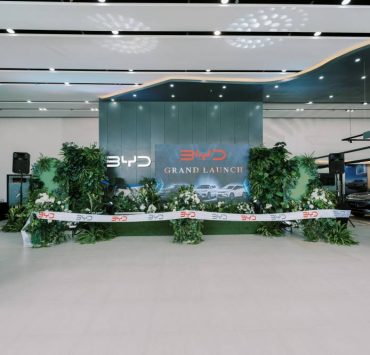Philanthropy and fantasy: A Fil-Am’s journey through drag

Dressed in a champagne polyester gown with a pleated skirt, embroidery and trim, and topped with a matching lace veil, Filipino American Michael Gil Magnaye stunned his friends. In 2013, Culinarista, a San Francisco Bay Area dining club of Fil-Ams, elevated its regular themed potluck dinners with a cosplay twist.
Magnaye, a senior advisor at a San Francisco philanthropic organization, transformed into Doña Victorina, the flamboyant 19th-century socialite from Rizal’s novels, complete with her iconic pasty white makeup. Posing against a backdrop of Victorian houses, he convincingly embodied the character. The photo, shared on social media, garnered enthusiastic responses. Inspired by his followers, Magnaye became a digital chameleon on Facebook and Instagram.
Career moves
“Over the next decade, I developed a habit of crafting the perfect pose within the ideal setting to document my travels and significant cultural, political and social moments,” Magnaye wrote in his book, “La Vie en Pose.” He recently returned to the Philippines to launch his visual memoir, at the University of the Philippines (UP) University Theater, a collection of his drag and costume-clad posts accompanied by descriptive narratives.Magnaye’s foray into cross-dressing began in childhood, where he embraced female roles in plays staged at his all-boys school. His theatrical flair continued in high school as a member of the renowned La Salle Greenhills singing group, Kundirana. There, he even transformed Gary Valenciano into a Supremes-inspired diva.
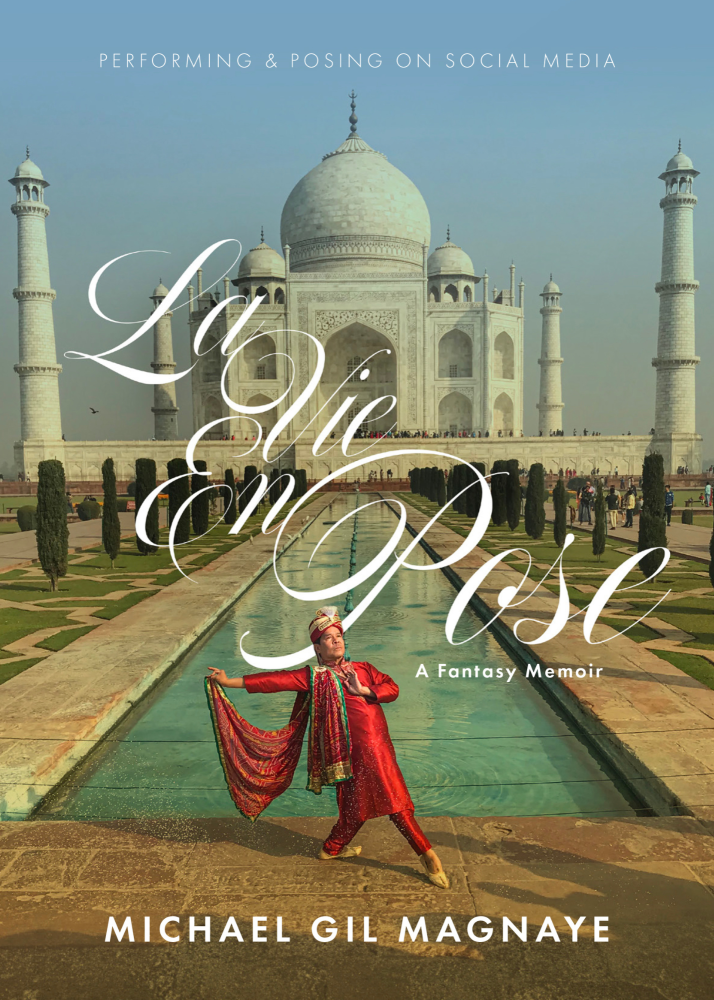
At UP, he further honed his artistic abilities, styling now former senator Kiko Pangilinan for a college beauty pageant and developing his theatrical instincts through Dulaang UP and Julie Borromeo’s Dance Arts Studio.
A humanities graduate and former UP professor, Magnaye sought further artistic exploration. He pursued a documentary film and communications program at Stanford University. Upon returning to the Philippines from 2000 to 2003, he immersed himself in the film industry as a documentary producer, production designer and line producer.
“This experience taught me the art of framing images,” he reflected.
In the mid-2000s, a career shift brought Magnaye to Save the Children, an international nongovernmental organization (NGO). Dedicated to securing grants for children affected by disasters and supporting child development and literacy programs, he found a natural transition from filmmaking to fundraising.
“My ability to raise funds for NGO work and engage in philanthropy stemmed from my experience in conveying causes and storytelling through film,” he explained.
Stolen shots
Magnaye’s social media “avatars” are a passion he enthusiastically shares on Facebook and Instagram. Encouraged by friends, he transformed this hobby into a self-published coffeetable book. “Some might see it as vanity, but my goal is to spread joy, humor and laughter through shared stories,” he told Lifestyle.
The photo shoots are spontaneous and on-location, relying on natural light and his iPhone. His resourceful approach extends to his materials—dime store makeup, online wigs, thrift store costumes and dollar store jewelry. His husband, Roy Ferreira, a South African Portuguese solar engineer, often documents his poses during their travels.
Mimicking female celebrities is a popular theme for Magnaye’s comedic transformations. When Renee Zellweger won an Oscar for portraying Judy Garland in “Judy,” Magnaye created a playful triptych featuring Garland, Zellweger, and himself as Zellweger impersonating Garland. He dedicated an entire chapter to honoring other Oscar-winning actresses such as Olivia Colman, Nicole Kidman and Ariana DeBose.
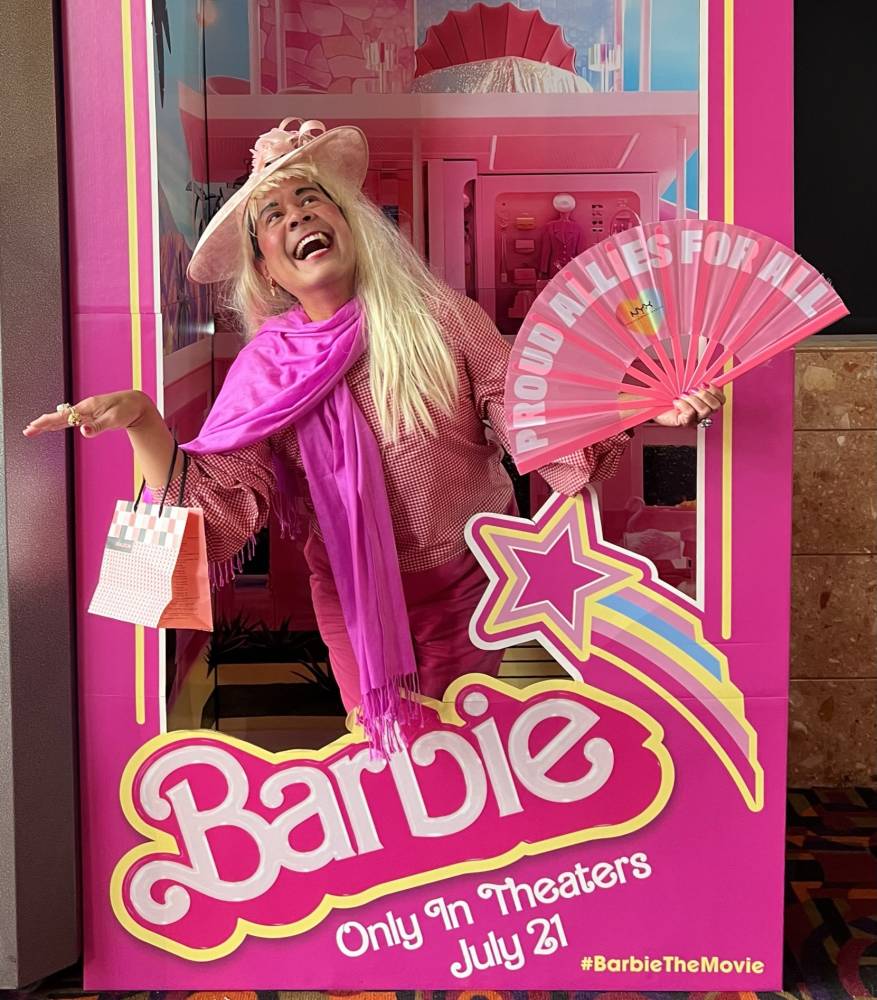
During the “Barbie” movie craze, Magnaye embraced the spirit by posing inside a Barbie box, sporting a blonde wig and fuchsia dress. “I was the mother of Barbie—Barbarela Baluyot,” he declared.
On-location shoots often led to adventures. At a plantation museum in Charlotte, South Carolina, Magnaye and Ferreira channeled Scarlett O’Hara and Rhett Butler, respectively, from “Gone With the Wind.” To avoid restrictions, they executed a “guerrilla shoot” before the museum opened. In Athens, Magnaye captured the essence of the Parthenon by draping himself in a bedsheet as a toga and adorning his head with fake laurel leaves. Before security intervened, he quickly posed against the iconic landmark.
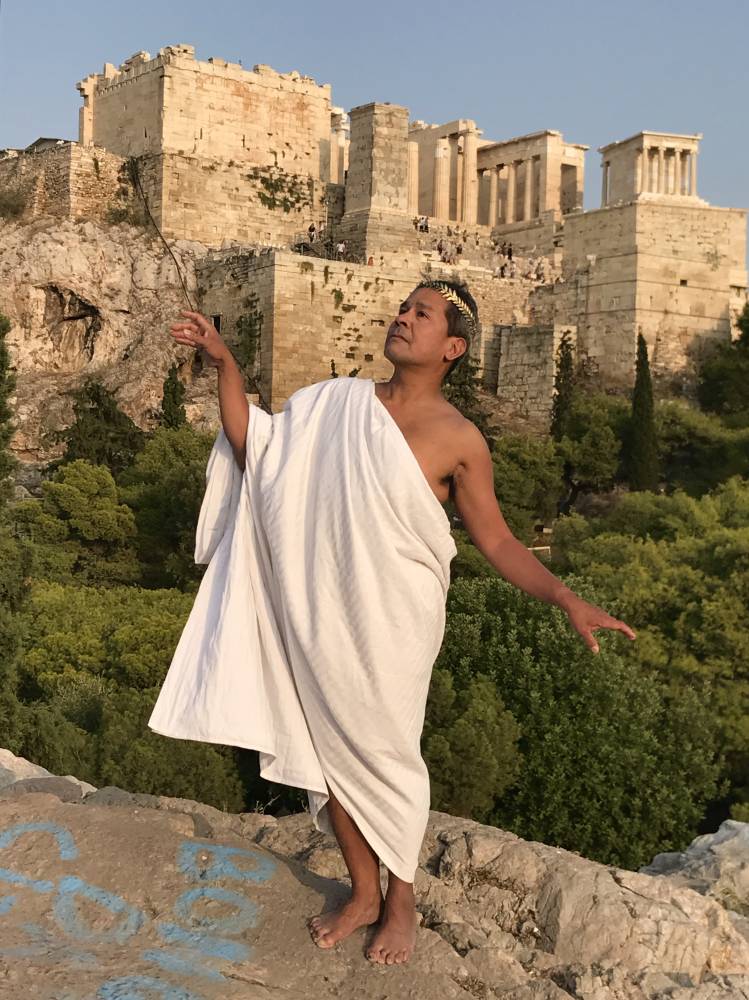
Pandemic pictorials
In Agra, he rose before the gates of the Taj Mahal complex opened at 5 a.m., donning a silky kurta and pants to seize the dawn in front of the famous mausoleum. Magnaye’s guide fended off photobombers, granting him the illusion of solitary splendor. Soon, however, other tourists sought his company for their photos.
Between San Francisco’s pandemic lockdowns, Magnaye transformed into his signature Doña Victorina, complete with a surgical mask and took center stage on California Street. “There were no cars,” he recalled. “Every Halloween, I embody Doña Victorina in various city locations.”
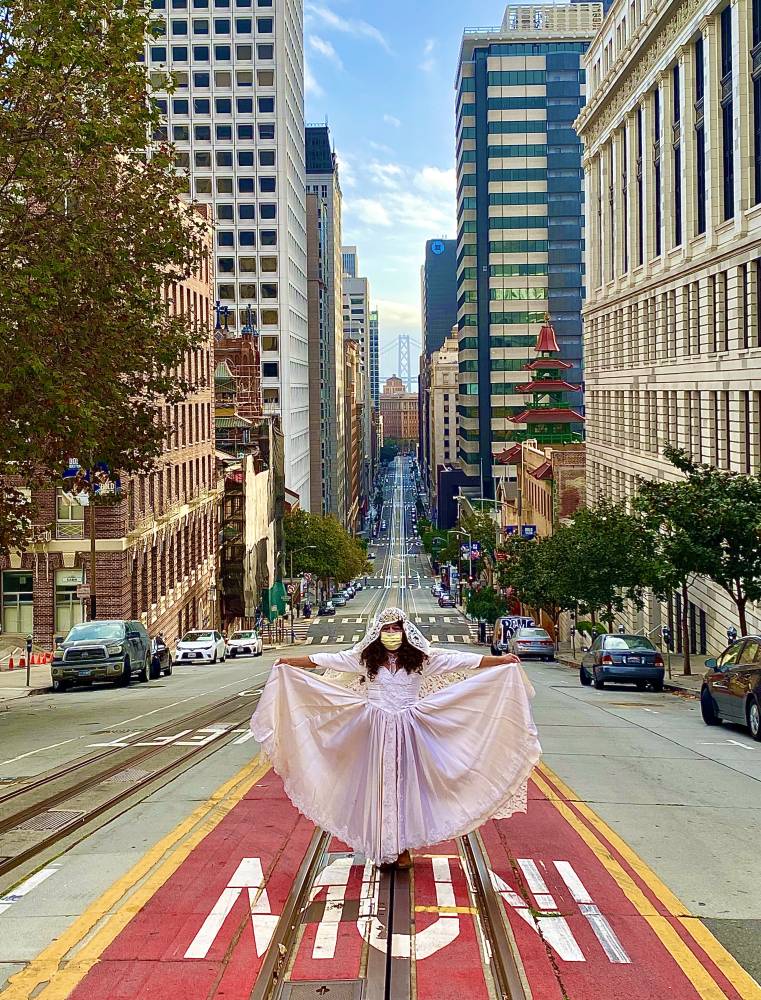
Magnaye favors the soft light of early morning or sunset for his photography. Even confined indoors during the pandemic, his living room became a makeshift studio bathed in natural light. He channeled Moira Rose from “Schitt’s Creek” and Diana Rigg from “Avengers” and “Game of Thrones.”
Milestones ignite Magnaye’s creative spark. The deaths of Queen Elizabeth, Ruth Bader Ginsburg and Tina Turner inspired themed shoots. Following President Biden’s inauguration, he honored America’s first female vice president by embodying Kamala Harris. “She joins the chapter of powerful women such as Katharine Graham, Jackie Onassis and Maria Callas,” he said.Magnaye’s book is available online in the United States and through the UP Center for Women and Gender Studies. While often associated with the LGBTQ community, the book’s appeal extends far beyond.
“It’s for friends, family, performers, visual artists and photographers,” he said. “It’s fun, entertaining and invites everyone to explore their own fantasies and performances.” —Contributed INQ















